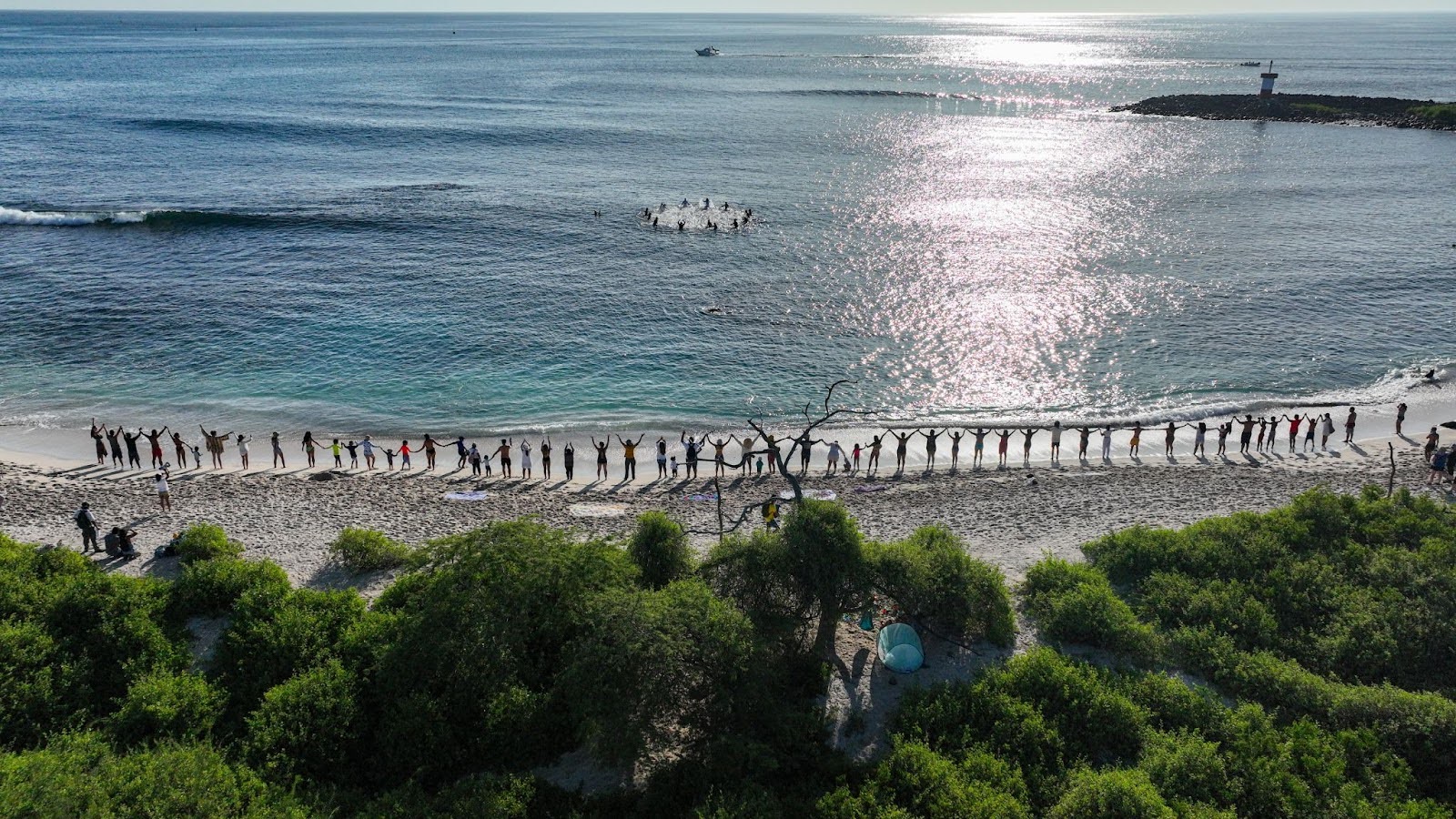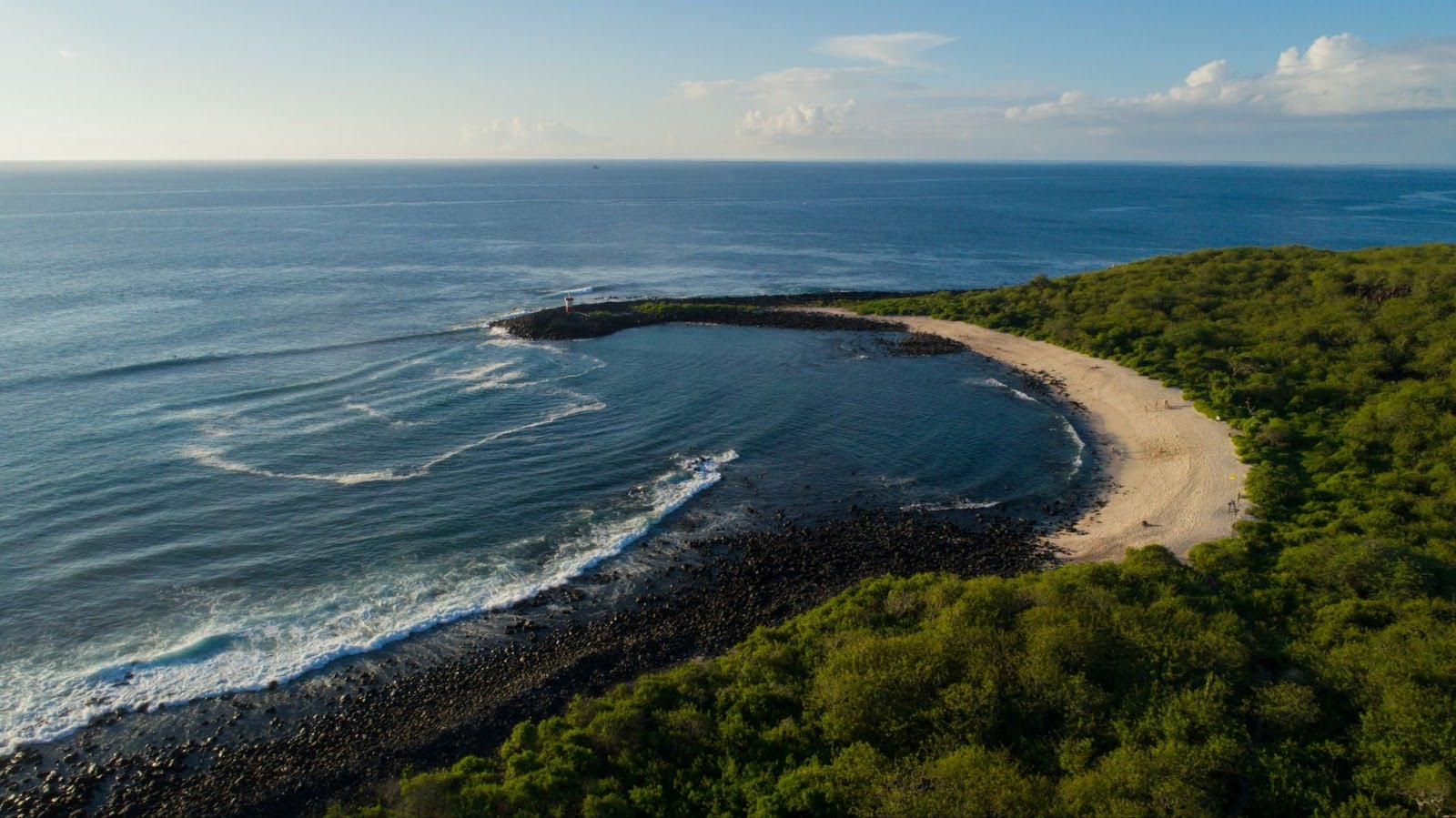
Iván Vasquez

Iván Vasquez
The Galápagos Islands are often considered to be “one of the most fascinating places on earth.” It was deemed the first of twelve UNESCO World Heritage sites due to its unique flora, fauna, and contributions to the scientific community.
While spending seven days traveling the islands with Lindblad Expeditions, one contribution was stated over and over again: 97% of the islands are conserved as national park land, and only 3% are available for human habitation. Being such a unique and beautiful place, the Galápagos Islands are highly sought out as a tourism destination. I began to question my own positionality, and how tourism affects the land and people who reside there.
Tourism in the Galápagos archipelago has drastically increased since 1995, applying pressure to the archipelago’s ecosystems and wildlife. With 97% of the total land being conserved, infrastructure for locals to live or for tourists to stay during their visit is only allowed on the remaining 3%. I had all of these questions swirling in my head about how tourism plays a role in the small 3% of the islands where human habitation and development are permitted.
Aboard the National Geographic Gemini, I was grateful to get to know two individuals who are local to Galápagos Islands: Christian Saa of Santa Cruz Island and Ivan Vasquez of San Cristobal Island.

“I have lived here my whole life,” Saa said. “I work in tourism, conservation and activism. I was born in the perfect time to see how tourism started in the Galápagos Islands and how this activity has been growing exponentially throughout the years.”
“Local people that have been here a long time, who grew up in pristine areas surrounded by unique animals, understand the real value of Galápagos,” Saa said; on the other hand, there are people who “see the Galápagos as a place to make money and want to commercialize it.”
Papers, articles, and stories from locals have painted the picture of an ever-changing Galápagos Islands. Areas of the islands that may have once been considered pristine are rapidly changing, not just with an increase of tourists, but with an increase in hotels and other commercial developments. Tourism infrastructure on the islands is regulated by the Galápagos Special Regime Governing Council (GSRGC), a body enacted by the Ecuadorian national government but functions only on the Islands. One of the many roles of the GSRGS is reviewing and deciding developmental permits based on their alignment with sustainable development.
The GSRGC holds minimally two spots for locals to be on the governing council. Locals who have worked in the tourism industry have commented on the need for a shared vision of the future of tourism. Saa further emphasizes on the need to “draw the future of Galápagos.”
“If you check the statistics [regarding biodiversity and tourism] in the last 40 years and how [the Galápagos] has changed, what is to come in the next 40 years?” Saa asked. “It’s not going to be Galápagos: It’s going to look like Cancun. No more Galápagos like you and I are knowing right now. But I am hopeful that we can preserve and conserve what we have now for future generations.”
In response to the numerous challenges brought about by commercialization and industrialization, Galápagos locals have not stood idly by.
Saa recalled a childhood memory of accompanying his father to prevent construction of a road between the town of Puerto Ayora and Tortuga Bay — “one of the most beautiful beaches we have here,” Saa said. Saa’s story was a testament to the generational activism that has taken place on the Islands over the years.

Vasquez of San Cristobal shared another story of community organizing in the face of increasing commercialization. Vasquez told me about an ongoing battle between locals and a corporation called HOGalapagos that seeks to build a resort-like complex on the beach of Punta Carola. Punta Carola borders the Galápagos National Park and is home to many flora and fauna that contribute to the unique biodiversity of the area. Building a large resort-like complex could negatively alter the beach by damaging the ecosystem that holds many plants and animals native to the Galápagos.
The GSRGC denied the building permits to HOGalapagos, but the intent to get this complex built didn’t stop there. “Because the land is private, the company was trying to find a way to make it [constructing the hotel] happen still,” Vasques said. According to Vasques, organizing on a local level was another factor that has helped halt further construction. “The owner of the land and the [anticipated] hotel wanted to build an alternative road to that area [Punta Carola], but they stopped because people went to protest against it,” Vasques said in explanation.
The San Cristobal Community Assembly, a community organization, has taken both legal and on-the-ground action to fight against HOGalapagos, including filing to have the land be protected. Activists hope that turning the land into public utility would make it protected against development and open for public use.
As of now, there have not been further developments in the legal battle. With drastic changes in the Ecuadorian Government, Vasques, and Saa both commented on the administration’s ability to exploit the Galápagos Islands.

Ecuador’s President Daniel Noboa won a special election in October 2023, to finish the term of his predecessor, and was recently re-elected in April 2025 for a full four year term. “He’s our President now and they basically try to make the most profit off of natural resources,” Vasquez said. “He just passed a law in the Ecuadorian Assembly that allows for building to happen in National Parks so we’ll have to see what happens here in Galápagos.”
As explained in an article from the Amazon Frontlines, “On June 14, 2025, the government of Daniel Noboa, with the intent of commodifying Nature, sent its proposal for the ‘Law for the Recovery of Protected Areas and the Promotion of Local Development,’ to the National Assembly.” Ultimately, this new law allows for private companies to exploit Ecuador’s natural resources and in areas that this once was never allowed.
Just one month after the new law was passed, and two days after I left the Galápagos Islands, President Noboa eliminated the Ministry of the Environment, Water and Ecological Transition, and turned it into the Ministry of Energy and Mines. Vasquez’s comments ring true, as their President is putting profit over people and place.
The Minister of the Environment position was chairman of the Galápagos Special Regime Governing Council (GSRCG). What does the elimination of this office mean for approval of building permits on the islands, especially for a case like Punta Carola? What will be Noboa’s forward knowing the Islands hold a great deal of economic incentive in regards to tourism?
Many questions remain unanswered, but what is known now is that the people of Ecuador and the Galápagos are ready to stand their ground for the protection of nature as has happened for many generations.
“We understand that from time to time, every five, 10, 15 years the central government wants to trade or commercialize it [natural resources], but this is nothing new for us… The benefit would be the locals and that we fight everyday to conserve and protect it [the land],” Saa said, with emotion.
Editor’s Note: Lindblad Expeditions, our Planet Forward Storyfest Competition partner, made this series possible by providing winners with an experiential learning opportunity aboard one of their ships. We thank Lindblad Expeditions for their support of our project.